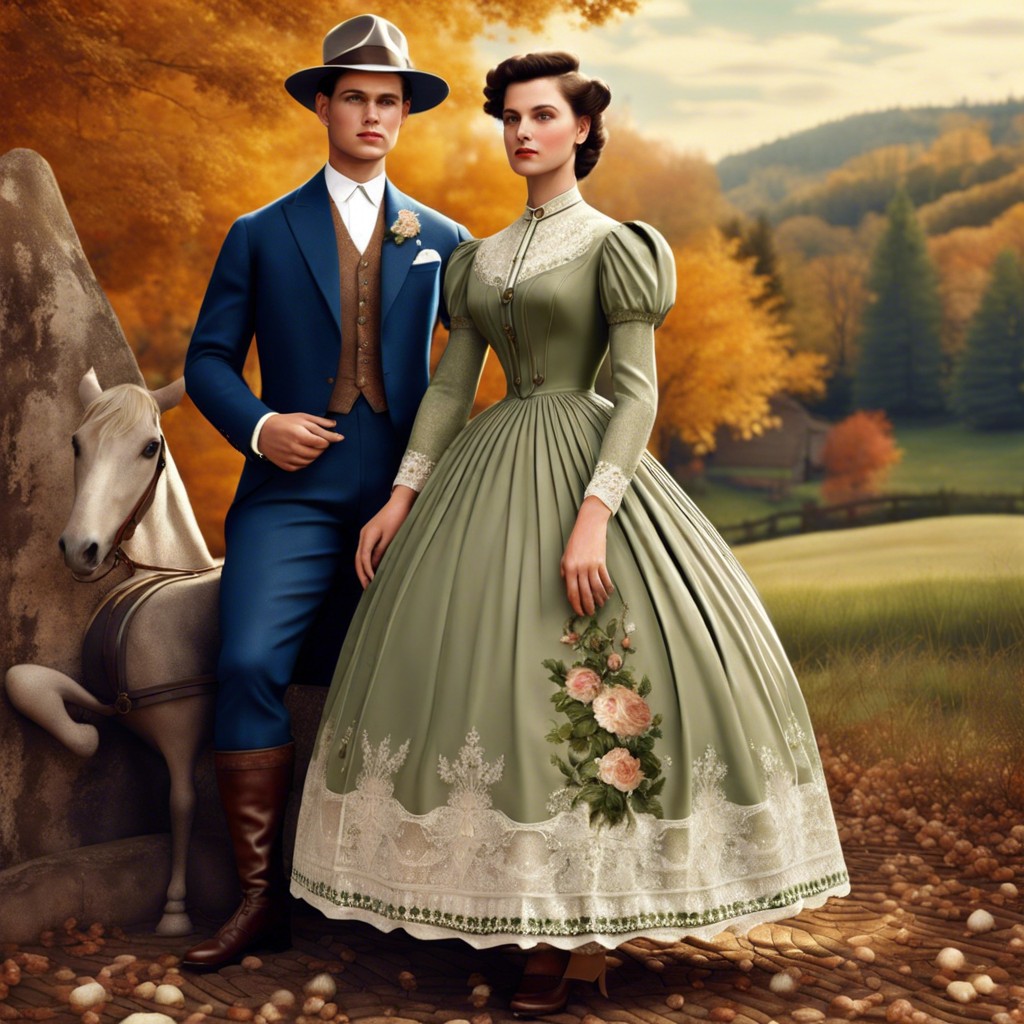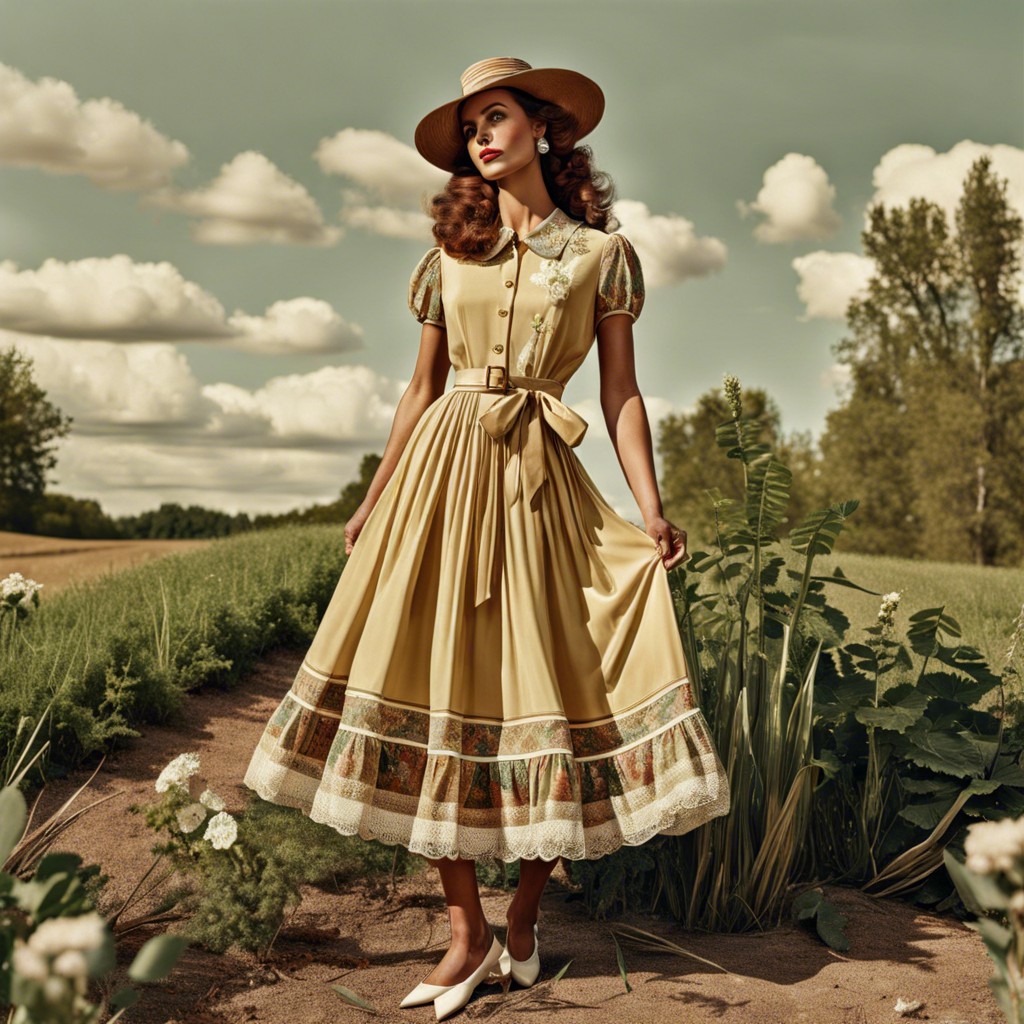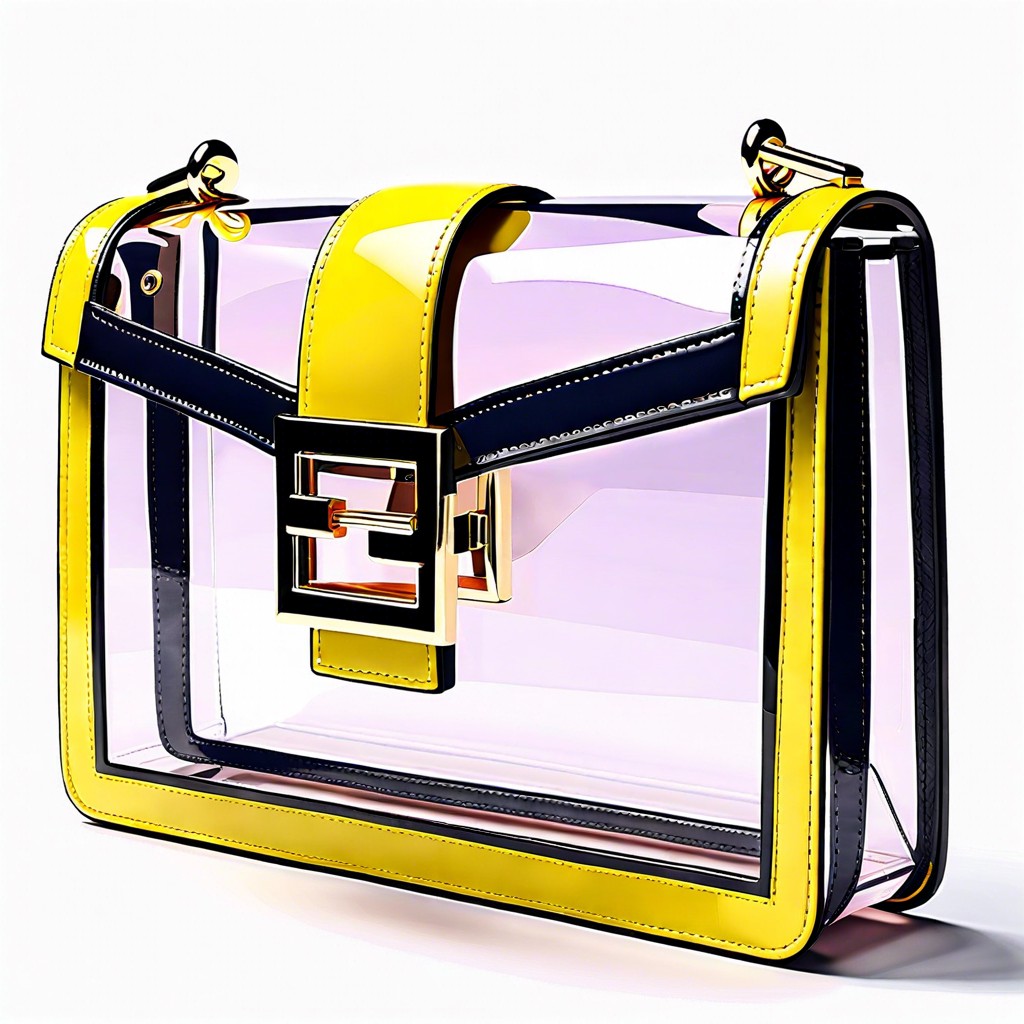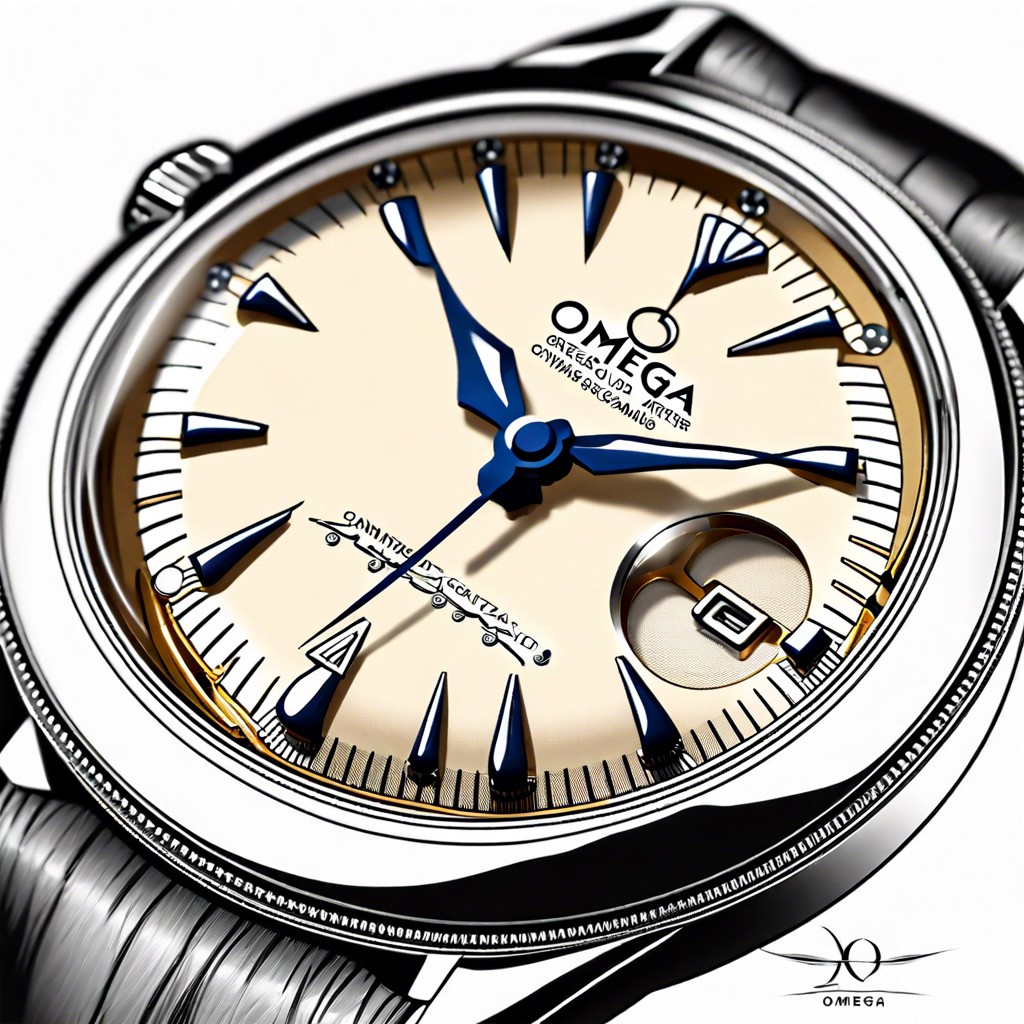Last updated on
Discover practical tips to identify and purchase vintage dresses that suit your style and ensure authenticity.
Key takeaways:
- Vintage dresses encompass a wide variety of garments categorized by era.
- Vintage dresses reflect historical design trends and socio-cultural context.
- Examine construction, labels, patterns, sizing, wear, and engage with knowledgeable sellers.
- Vintage dresses have resurfaced as a sought-after fashion trend.
- Vintage dresses play a role in sustainable fashion by reducing environmental impact and promoting durability, timelessness, unique style, and circular fashion practices.
Defining Vintage Dresses

Vintage dresses encompass a wide variety of garments typically categorized by the era in which they were made. For apparel to be considered truly vintage, it must be at least 20 to 100 years old, which at present includes items from the early 1920s to the late 1990s. Clothing older than this threshold often graduates into the antique classification. These pieces are valued for their reflection of historical design trends, craftsmanship, and the socio-cultural context of the time they were produced.
To differentiate vintage from mere second-hand, look for the following:
- Features distinctive to the era (such as silhouette, fabric, and print)
- Garment labels with defunct brands or old sizing standards
- Quality of construction with unique features like hand-sewn finishes or tailored fit
- Provenance or a well-documented history can add to a dress’s vintage status.
Understanding these points ensures a deeper appreciation of vintage dresses beyond the surface-level aesthetic.
Historical Significance of Vintage Dresses

Each era’s fashion encapsulates the zeitgeist, with vintage dresses serving as sartorial snapshots of their time. From the practical, ration-driven designs of the 1940s to the exuberant full skirts of the 1950s, these garments reflect societal shifts, technological advancements, and cultural transformations.
The 1920s ‘flapper’ attire represents a rebellion against restrictive norms, mirroring women’s burgeoning independence. By contrast, the conservatism of the 1930s called for more modest attire amidst economic upheaval. Post-war 1950s dresses, with Dior’s New Look as the catalyst, celebrated prosperity through extravagant use of fabric and cinched waistlines, while the 1960s mod mini-dresses signaled a youth-driven break from tradition.
Collectors prize dresses from iconic periods such as the Victorian and Edwardian eras for their intricate craftsmanship and rarity. These items provide invaluable insights into past garment construction techniques and the social hierarchies of the periods from which they originate.
Understanding this context not only deepens the appreciation of vintage garments but also offers a lens through which to view contemporary fashion trends. Vintage dresses, therefore, are not just articles of clothing; they are pieces of history.
Identifying Genuine Vintage Dresses

Examine the construction of the garment. Hand-sewn stitches, metal zippers, and side snap closures are indicative of authentic vintage pieces, particularly those prior to the 1970s. Modern garments, conversely, will often display plastic zippers and serged seams.
Check the label for clues. Labels with “Made in USA” or the name of an older, recognized brand can be an indicator of age. Union labels, present from 1934 onwards, underwent distinct changes that can date a piece within a certain time frame. Researching fashion labels and their corresponding eras is beneficial.
Look for unique patterns and fabrics. Historical fabrics have a different weave and thickness compared to many contemporary materials. Vintage dresses may also have patterns that reflect the trends of a specific era, such as Art Deco designs in the 1920s or psychedelic prints from the 1960s.
Be aware of sizing differences. Vintage sizes tend to run smaller than today’s standard sizing charts. Measurements are more reliable than size numbers when evaluating vintage dresses.
Consider the wear and aging. Authentic vintage will often show signs of natural wear such as slight fading or a “worn in” feel, especially in areas of frequent contact such as armpits, the neck, and waistbands.
Use scent and touch. Older materials and the way they have been stored often leave a distinct scent or stiffness to the fabric. While not all smells suggest authenticity (and can indeed be the result of poor storage conditions), a musty, aged odor in combination with other factors, can be a sign of genuineness.
Engage with knowledgeable sellers or forums. Connecting with reputable vintage clothing dealers or enthusiast communities can provide additional insights and validation when identifying genuine vintage dresses.
The Resurgence of Vintage Dress Popularity

In recent years, vintage dresses have resurfaced as a sought-after trend in the fashion industry. This revival can be attributed to a few key factors:
- Celebrity Influence: High-profile figures often don vintage styles at public events, inspiring a broader appeal.
- Unique Aesthetic: The distinct and timeless designs of vintage dresses provide an alternative to contemporary, mass-produced fashion.
- Narrative Value: Each garment carries a story from the past, creating emotional resonance and a sense of authenticity among wearers.
- Digital Marketplace: Online platforms make it easier to source and purchase vintage dresses, broadening access to consumers worldwide.
- Cultural Nostalgia: There’s a growing appreciation for the aesthetics and craftsmanship from bygone eras, particularly among younger generations.
This popularity indicates a shift towards individuality in fashion, where the rarity and character of vintage dresses stand out in a world of fast fashion and ever-changing trends.
The Role of Vintage Dresses in Sustainable Fashion

Vintage dresses represent a key aspect of sustainable fashion for several reasons:
1. Reduced Environmental Impact: Acquiring a vintage dress negates the need for new resources, diminishing environmental strain from production processes.
2. Durability and Quality: Vintage pieces often boast superior craftsmanship, meaning they can outlast contemporary fast fashion equivalents and reduce clothing waste.
3. Timelessness: The timeless styles of vintage dresses transcend fleeting trends, encouraging a slower, more thoughtful consumption pattern.
4. Unique Style: Wearing vintage allows individuals to express personal style without relying on mass-produced goods, reducing demand for new manufacturing.
5. Circular Fashion Model: By choosing vintage, buyers engage in a circular fashion economy that reclaims and reuses garments, a key principle of sustainable fashion practices.




